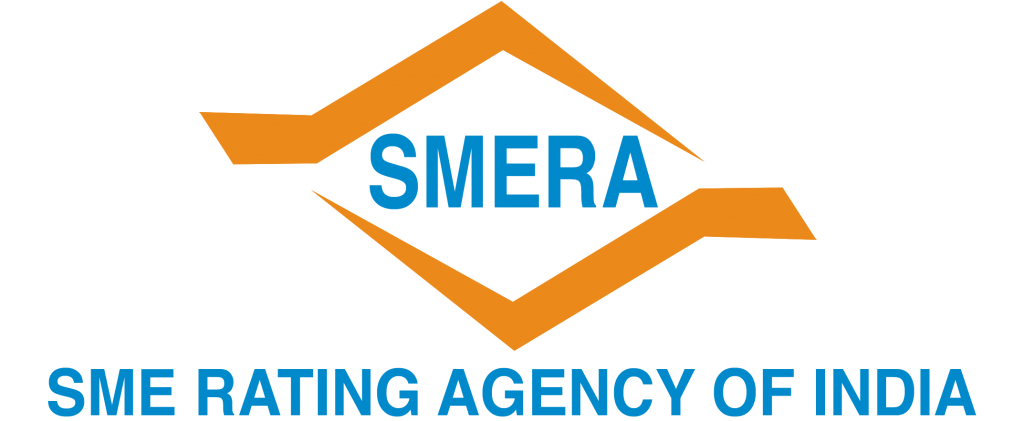
Project Grading
Objective
SMERA’s project grading is an independent assessment of the project to help project stakeholders for taking informed decision.
SMERA’s project grading assesses a company’s capability to execute a project as per specified quality standards and its ability to complete the project within the stipulated schedule.
The key parameters assessed by SMERA are the promoters’
- Track record
- Organisational strength
- Financial strength.
SMERA Ratings’ assessment of the credit quality focuses on five key risks –
A review of the company’s operational efficiency and market position is part of the business risk assessment process. Market position, which is determined by the company’s track record and brand equity, affects its capacity to maintain a competitive edge. Operational efficiency is the capacity to complete tasks on schedule and within budget.
SMERA considers the amount of funding that has already been obtained as well as the possibility that the remaining funds will be available on schedule to ensure that the project’s advancement is not impeded when evaluating the funding risk. This gets further relevance in light of the fact that banks and other financial institutions typically distribute funds in proportion to the equity infused. Consequently, delays or the inability to raise equity may have a significant impact on the project’s capacity for getting the tied-up debt.
A project’s inability to start commercial operations on schedule and within budget is referred to as execution or completion risk. The degree of risk associated with construction execution is directly proportional to the complexity of the project and its working conditions, which include difficult terrain, weather patterns, and geopolitical environments. Strong fixed-price, fixed-time contracts with creditworthy contractors, the availability of RoWs (rights of way), clearances, and the provision of sufficient liquidated damages for construction delays—which are seen in relation to the debt service obligations—all help to mitigate execution risks.
In addition to the completion risk analysis, the engineering, procurement, and construction (EPC) contractor’s experience and record of completing projects of a similar kind on time and within cost are also carefully taken note of. Along with the reasonableness of the time allocated for the project’s completion, SMERA also takes into account an aggressive strategy for project completion that lacks adequate contingency measures and is typically viewed negatively.
The incompetence of a project to operate sustainably at the intended operational levels and within the constraints of the design is referred to as an operating and technological risk. Operation disruptions can be caused by a variety of things, including interruptions in the input supply, poor maintenance, equipment failures owing to mechanical failure, etc. Assessing this risk is made easier by looking at the project’s and the O&M contractor’s prior performance records. Projects employing complicated technology or industries with rapid technological progress are more likely to encounter technology risks, which raises the possibility of technical obsolescence.
Offtake risks are typically caused by fluctuating input and output prices, shifting industrial structures, or a lack of demand for goods or services. The possibility of significant shifts in product demand patterns, either as a result of large-scale parallel capacity creation or product obsolescence, is a significant source of market risk given the long-term nature of project financing. These shifts could have a negative impact on the project’s economics.
Methodology
- Track record.
- Brand equity.
- Market share.
- Demand supply dynamics.
- Construction progress.
- Status of projects.
- Leverage
- Cash flow analysis.
- Financial flexibility.
- Funding pattern.
- Implementation risk
- Funding risk
- Stage of construction
- Competence (based on execution track record)
- Integrity (transparency, adherence to regulations)
- Risk appetite (growth plans)
- Past project execution record
- Constitution of the entity and complexities in group structure
Grading Scale
- SMERA shall evaluate the projects based on the quality of legal documentation, construction-related risks and financial flexibility/viability of the project, besides the background and the track record of the promoter.
- SMERA Project Grading is based on an 8-point grading scale, with PR 1 being the highest and PR 8- the lowest.
- Discussion with project stakeholders
- Project and financial analysis along with debt repayment capability calculations
- SWOT analysis, project cost and time overrun analysis
- Project report with QR code, grading certificate
Grading Scale
Definitions
PR 1
The company has the strongest likelihood of viable operations post project completion
PR 2
The company has very strong likelihood of viable operations post project completion
PR 3
The company has strong likelihood of viable operations post project completion
PR 4
The company has moderately strong likelihood of viable operations post project completion
PR 5
The company has an average likelihood of viable operations post project completion
PR 6
The company has low likelihood of viable operations post project completion
PR 7
The company has very low likelihood of viable operations post project completion
PR 8
The company has poor likelihood of viable operations post project completion
Mapping between SME and Project Grading | ||
Grade | SME Rating Symbol | Project Grading Symbol |
SMERA SME 1 | PR 1 | |
SMERA SME 2 | PR 2 | |
SMERA SME 3 | PR 3 | |
SMERA SME 4 | PR 4 | |
SMERA SME 5 | PR 5 | |
SMERA SME 6 | PR 6 | |
SMERA SME 7 | PR 7 | |
SMERA SME 8 | PR 8 | |

